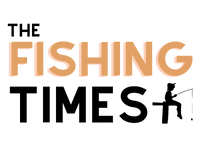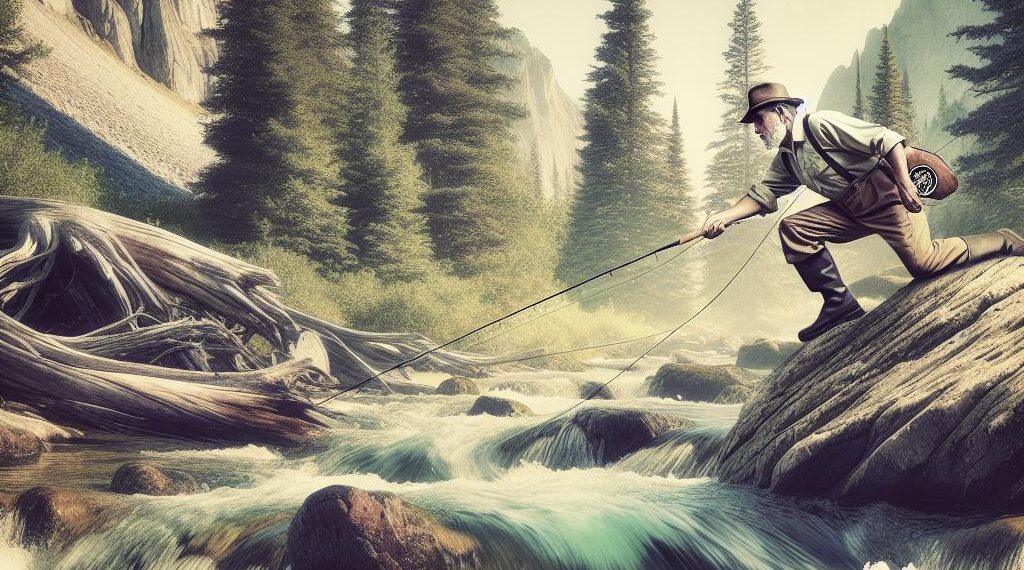Picture this: standing knee-deep in a clear, babbling brook, surrounded by the tranquil embrace of nature—yet, without a single tug on your fly line. Surprising, isn’t it? Fly fishing, unlike other angling methods, poses its unique challenges, even for seasoned fishermen. That’s where mastering the basics truly shines, offering invaluable insights to fine-tune your technique. Whether you’re just starting out or looking to refine your skills, “How to Master Fly Fishing Basics” is your guide. This blog will break down essential techniques, offer practical advice, and boost your confidence in casting that perfect line, helping you savour every fishing adventure.
What’s “How to Master Fly Fishing Basics”?
Fly fishing is a unique angling method where a lightweight lure, called a fly, is used to catch fish. Originating from ancient practices, it’s evolved into the elegant, rhythmic art form we know today, often connected to picturesque rivers and streams. Mastering its basics involves understanding how to cast the fly line, choosing the right flies, and reading the water to find fish. It’s worth knowing because fly fishing isn’t just about catching fish—it’s about connecting with nature, enjoying the serene outdoors, and honing patience and skill. By mastering these basics, anglers can enhance their overall fishing experience, making it more rewarding and enjoyable.The Importance of Fly Fishing Basics
Embarking on the journey to master fly fishing basics can open a world of benefits for both the novice and seasoned angler, enriching one’s broader fishing lifestyle. Whether you’re just starting or have cast a line or two in your time, honing these fundamental skills acts as the foundational bedrock for any angler’s progression. Understanding fly fishing essentials doesn’t just elevate one’s angling prowess; it fosters a more profound appreciation for nature and a greater sense of accomplishment. Here are a few core benefits:- Skill-Building: Perfecting techniques such as casting, presentation, and knot tying makes you a more competent and versatile angler, enhancing your ability to adapt in various fishing scenarios.
- Patience and Focus: Fly fishing requires concentration and patience, encouraging mindfulness and providing a peaceful escape from daily stressors.
- Greater Success Rates: By mastering the basics, anglers are likely to increase their catch rates, leading to a more fulfilling fishing experience and boosting motivation.
- Environmental Awareness: This discipline encourages a deeper understanding of aquatic ecosystems, promoting conservation efforts through responsible fishing practices.
- Community Connection: Engaging with the fly fishing community offers opportunities for social interaction, learning from others, and sharing experiences, enriching the broader fishing journey.
Master Fly Fishing Basics in Simple, Easy-to-Follow Steps
- Start with the gear: Get yourself a good-quality fly rod and reel set that’s appropriate for beginners. Opt for a weight size that matches the type of fish you’re targeting. Avoid the mistake of spending too much on advanced gear that you won’t need right away.
- Master the casting: Practice your casting technique regularly by heading to a local park or open space. Focus on keeping your wrist stiff and your motion smooth. A common mistake is to cast too hard or fast, leading to tangled lines, so remember—it’s all about finesse, not force!
- Understand the types of flies: Learn about dry flies, wet flies, and nymphs, which mimic different types of prey. Consider fishing conditions and remember: selecting the wrong fly can lead to a day of no bites. Familiarise yourself with how each type works and when to use them.
- Stay patient and observant: Pay attention to water movements and fish behaviour. Fishing takes time and patience, so don’t rush the process. Relax, enjoy the surroundings, and be open to learning from each trip.
Top Gear Picks for Mastering Fly Fishing Basics
| Location | Description | Ideal Season | Best For |
|---|---|---|---|
| River Tweed, Scotland | One of the best spots in the UK for salmon fishing. Offers beautiful scenery and plenty of local guides. | Spring to Autumn | All skill levels looking to catch salmon |
| Rutland Water, England | A vast reservoir prevalent for trout fishing with calm waters and easy access boating facilities. | Spring and Summer | Beginners and intermediates interested in trout fishing |
| River Wye, Wales | Pleasant location for fly fishing with opportunities for pike and trout amidst stunning landscapes. | Summer and Autumn | Experienced anglers craving scenic beauty and variety |
| Llyn Clywedog, Wales | Highly regarded for its rainbow and brown trout. Offers both bank and boat fishing options. | Early Spring to late Autumn | All levels, but especially great for those seeking a peaceful ambiance |
Real-Life Insights: Mastering Fly Fishing Basics
Years ago, my friend Martin introduced me to the world of fly fishing, and I was immediately hooked. He handed me a guide titled “How to Master Fly Fishing Basics,” and it quickly became my go-to resource. I remember our first trip to the charming River Test, a renowned spot for fly fishing aficionados in the UK. As we walked along the riverbank, I recalled the guide’s emphasis on patience and precision. Following its advice, I practiced casting techniques, focusing on rhythm and smooth motion, allowing the fly to land softly on the water. To my delight, the guide helped me understand how to read the water, spotting potential hiding spots for trout. Adjusting my gear as suggested, I felt prepared for the day’s adventure. The serene surroundings and the art of fly fishing led to moments of reflection and pure joy. As the sun began to set, I caught my first wild brown trout. That day, I realised fly fishing wasn’t just about catching fish; it was about embracing nature, being present in the moment, and mastering the delicate dance between skill and patience.Connecting Fly Fishing with Conservation Efforts
- Use barbless hooks to minimise injury and stress on fish. This simple change can help ensure fish populations remain healthy for future generations.
- Practice catch and release whenever possible. It’s not just about the size of the fish you catch but helping to keep fish numbers stable in your favourite spots.
- Be mindful of the local regulations and size limits to avoid overfishing and damaging fish populations. Often, these rules are in place to protect vulnerable species and habitats.
- Clean up after yourself and others—litter can harm aquatic ecosystems, depending on where you’re fishing. Always leave a place cleaner than you found it.
- Respect the waterbody you’re fishing in by not introducing foreign plant and animal species. They can upset the local ecology and harm native populations.
- Think about your gear choices, opting for environmentally-friendly materials. Just as with hooks, using eco-friendly gear can go a long way toward preserving the natural environment.
- Educate yourself about the local fish species and habitats—knowledge is power when it comes to making responsible decisions.












